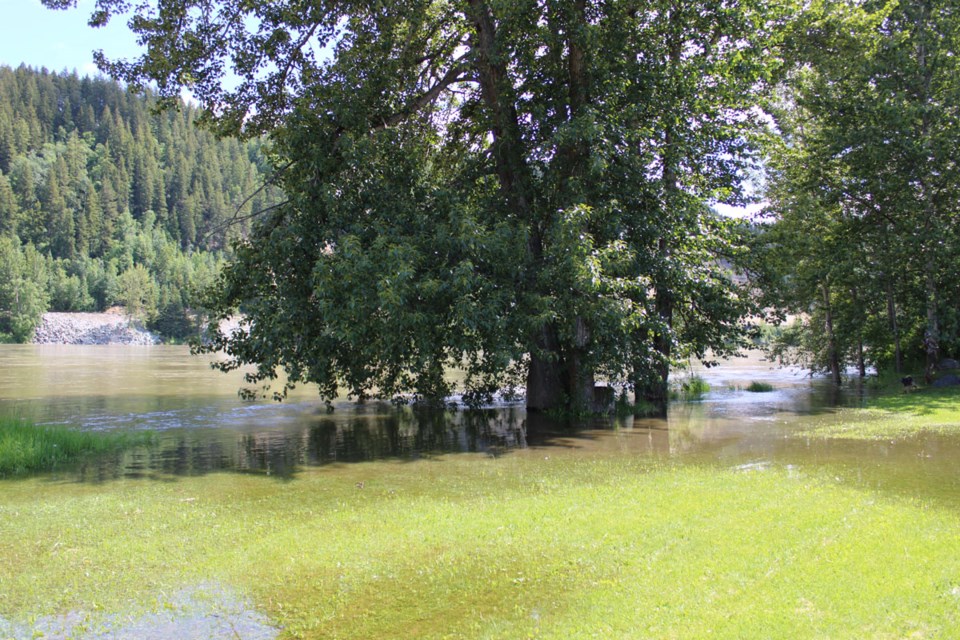The City of Prince George is asking public feedback via an online survey on how stormwater management will be funded.
The survey, along with background information on the city's $380-million stormwater system, a network of pipes, drains, and other infrastructure, is available online at princegeorge.ca/stormwater.
There is no dedicated funding source for the maintenance and renewal of the city's stormwater system. During the Integrated Stormwater Management Plan (ISMP) creation in 2021, an independent assessment estimated that the city should be spending approximately $9.1 million annually on the system.
Increased funding would allow city crews to proactively replace deteriorating infrastructure, preventing failures like the sinkhole at Winnipeg and Carney Street in 2018, the city reports.
During 2024 budget consultations, residents named stormwater drainage as a top-three infrastructure priority, alongside roads and sidewalks.
"Resident feedback is crucial in deciding how to fund stormwater management to ensure the system operates efficiently, protects the natural environment of Prince George, and keeps the community safe for years to come," states a city press release.
There are four options for the fund, according to the city's website.
- Option 1: A dedicated tax levy. This is the simplest and least expensive option to implement.
- Option 2: A tiered flat rate. Based on the type of property (residential, business, etc.) and tiered by property size, a flat fee would be charged on residents’ utility bills. This ensures the amount paid matches the stormwater contribution from each property.
- Option 3: Equivalent Residential Unit (ERU), Zoning Maximums. This option uses the zoning of a property to develop a formula that determines its contribution to the stormwater system. It calculates the allowed hard surface area based on the zoning's maximum site coverage.
- Option 4: Equivalent Residential Unit (ERU), Statistical Sampling. This option uses a statistical sampling of the measured hard surface area for all types of residential properties to determine the average ERU size, which becomes the base billing unit.
The survey will remain open until June 28.



